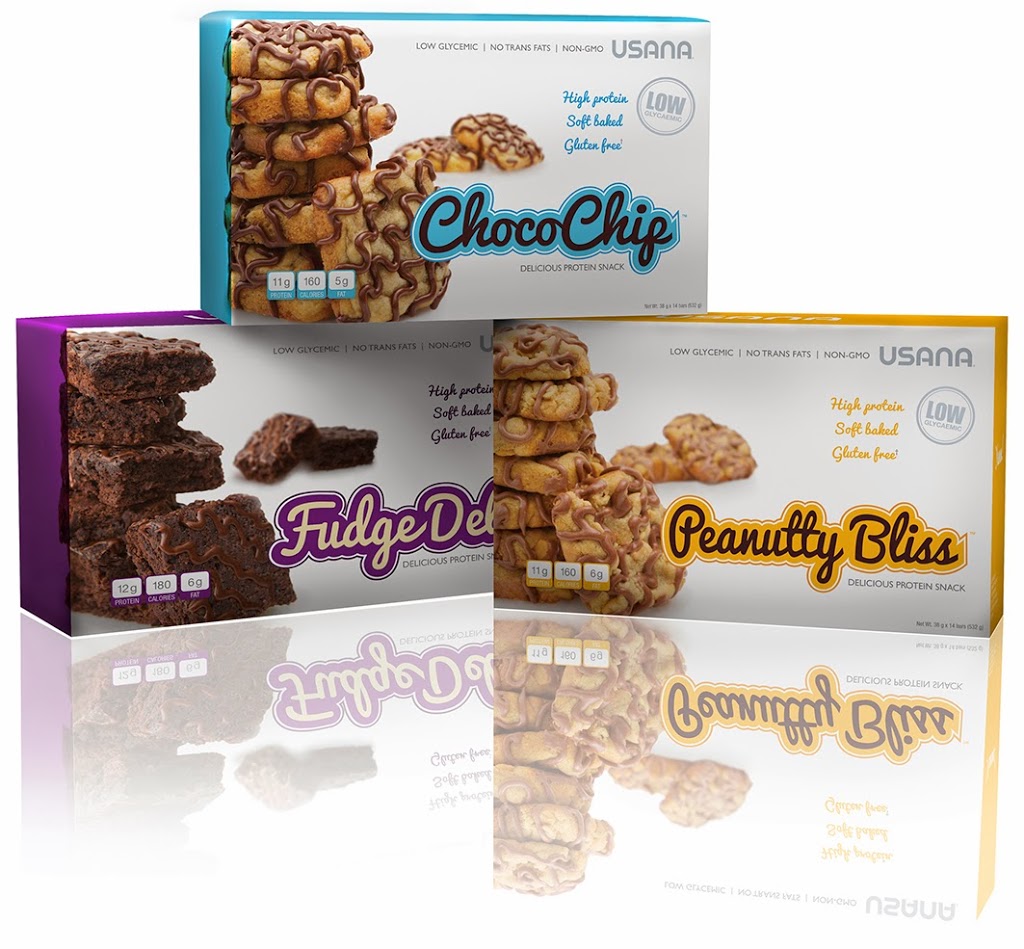
Are you addicted to fast food?
By Ravinder Lilly
USANA ANZ Writer and Dietitian
 |
| Fast food – a heady combo of fat, salt and sugar! |
Ahh, fast food! When you feel down and/or hungry or tired, it seems tick all the boxes doesn’t it? So, if you’re a fast food fan, have you ever wondered just exactly what it is that keeps you going back for more?
Well, it could have something to do with a heady concoction of sugar, fat and even salt. Humans like fat and sugar because for early man, the boost in calories could mean the difference between life and death. Sweetness also signalled that a fruit was ripe and ready to eat. Salt is important for helping to keep your blood pressure healthy – you’ll lose salt via sweat. So, for early man all of this was important.
Too much of a ‘good’ thing?
Today, though, fat and sugar is everywhere and fast foods reign supreme at every corner. Not only are they very convenient (and we’re talking vending machines and pie shops here, too), but some experts believe that certain manufactured foods are formulated to ‘hit’ all of your taste buds at once.
And, studying the brains of fast food eaters has shown some surprising results. US researchers found that after chowing down on burgers and fries, there was a definite alteration in brain chemistry. And, scientists went so far as to suggest that eating fast food regularly could lead to some people becoming overly dependent on the heady concoctions.
One study, published in the American Journal of Clinical Nutrition, investigated how food intake is regulated by the pleasure centres in the brain. It looked at how constituents in foods affect areas if the brain called dopamine-containing or pleasure centres.
Study leader Dr David Ludwig from the Boston Children’s Hospital in the United States, said: ‘Beyond reward and craving, this part of the brain is also linked with substance abuse and dependence, which raises the question as to whether certain foods might be addictive.’
The low down on high GI
In this study, two groups of men were given milkshakes. All of them had the same number of calories and tasted the same, including sweetness. But one group were given milkshakes with a high GI (sugar) and the others’ drinks contained low GI carbohydrates.
As you already know, high GI carbohydrates release glucose into the blood rapidly while low GI carbohydrates are the healthier choice as they release energy – also in the form of glucose – much more slowly into the body. This is best because the body has a better chance of controlling how much glucose is in the blood at any one time – essentially you have more control,fewer spikes and crashes.
Getting back to the milkshake study and the volunteers’ brain activity was measured using MRI scanning and their hunger and blood glucose measurements were taken for four hours after the milkshake meal. Four hours is about the length of time after a meal and before the next one that an individual tends to make choices about what to eat or drink next.
Results found that the group that consumed the high GI (sugary) milkshakes had an initial spike in blood glucose (because the high GI carbohydrates are virtually already digested, they entered the blood rapidly). But the rise was followed by a crash in blood glucose. This triggered hunger and intense activation of an area of the brain known as the nucleus accumbens. This region of the brain is also involved in addictive behaviours.
The low GI milkshake drinkers didn’t feel the same kind of hunger and didn’t have the same brain activity either.
The study was interesting because unlike other studies which have compared different foods – such as cheesecake vs. boiled vegetables, whereas the men that consumed milkshakes that were identical – except for the glycaemic index. Plus, both milkshakes tasted sweet so it was specifically the GI rating of the carbohydrates that triggered the enormous variation in activity.
‘These findings suggest that limiting high-glycaemic index carbohydrates like white bread and potatoes could help obese individuals reduce cravings and control the urge to overeat,’ said Dr Ludwig.
Dr John Hoebel from Princeton University in New Jersey has also shown how high GI foods may trigger feelings of withdrawal. In animal studies, he showed that denying rats who were used to a high sugar diet (25 per cent sugars) resulted in chattering teeth and the shakes when the sugar was denied to them. These effects similar to those seen in people withdrawing from nicotine and other addictive drugs.
Fast food – are you a regular?
But it’s not just about high GI carbohydrates. Fat is also involved. It is thought that high-fat foods appear to stimulate opioids or ‘pleasure chemicals’ in the brain in a similar way that addictive drugs might. And, it may be one reason why we regular fast-food eaters are so drawn to these kinds of foods – especially if they are eaten regularly.
Plus, when you’re hungry and your blood glucose level is low, it’s natural to reach for a quick fix. And, although some of us are pretty good at resisting temptation, others aren’t so great at controlling the part of your brain that helps you deal with impulse control – the prefrontal cortex. But the pleasure and reward centre in your brain, the nucleus accumbens, can get in the way cutting your inner strength.
Salt is another flavouring that you can get a taste for. Too much, though, can raise your chances of hypertension (high blood pressure) which in turn raises your risk of conditions such as heart disease.
So, if temptation is all around, you may well end up on the wrong side of a burger, fries and sugary milkshake/ice cream.
The best way to withdraw from high GI foods? Throw out all of the high-sugar, high-fat items from your home. Always have healthy snacks on hand – fresh fruit, unsalted nuts, low-fat, low sugar yoghurt or soy equivalents. Healthy wholegrain breads and nut butters.
 |
| Three flavours to savour! |
Try some of USANA’s healthy foods – Nutrimeal™ has a low GI of just 24 so flavour it with berries or banana. And pick up some of the delicious and nutritious Go Nuts ‘n’ Berries™ bars. They’re satisfyingly sweet yet high in protein and have a low GI of just 43. Then there’s the protein rich snacks which are also high in fibre and low GI – get your teeth into Peanutty Bliss™ Choco Chip™, and Fudge Delite™. Three delicious new flavours are also gluten free!
Is it time for you to wean yourself onto the healthier stuff – for the sake of body and mind?




